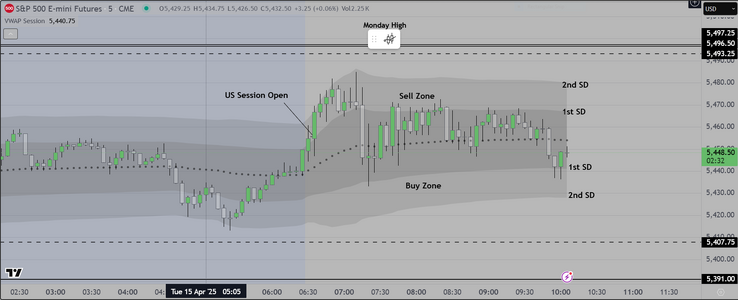Hello all.
This is a very simple spreadbetting strategy requiring only a short session at the NY Close using the D1 chart, and no technical or fundamental analysis as such.
Rules -
1. Set a buy order at the high of the day, stop-loss at the low.
2. Set a sell order at the low of the day, stop-loss at the high.
3. If an order is triggered, exit that position at the first profitable close.
Notes -
Win rate over a month or longer should be about 80%
Pending orders are not cancelled
Position sizes should be strictly managed as individual stop-loss losses are large in comparison with individual gains
Technical indicators and lower time-frame charts are not required
Ignore NFP's and other news events
If you wish, use long orders only, during uptrends - but note this introduces a subjective line of TA
Have fun!
This is a very simple spreadbetting strategy requiring only a short session at the NY Close using the D1 chart, and no technical or fundamental analysis as such.
Rules -
1. Set a buy order at the high of the day, stop-loss at the low.
2. Set a sell order at the low of the day, stop-loss at the high.
3. If an order is triggered, exit that position at the first profitable close.
Notes -
Win rate over a month or longer should be about 80%
Pending orders are not cancelled
Position sizes should be strictly managed as individual stop-loss losses are large in comparison with individual gains
Technical indicators and lower time-frame charts are not required
Ignore NFP's and other news events
If you wish, use long orders only, during uptrends - but note this introduces a subjective line of TA
Have fun!

